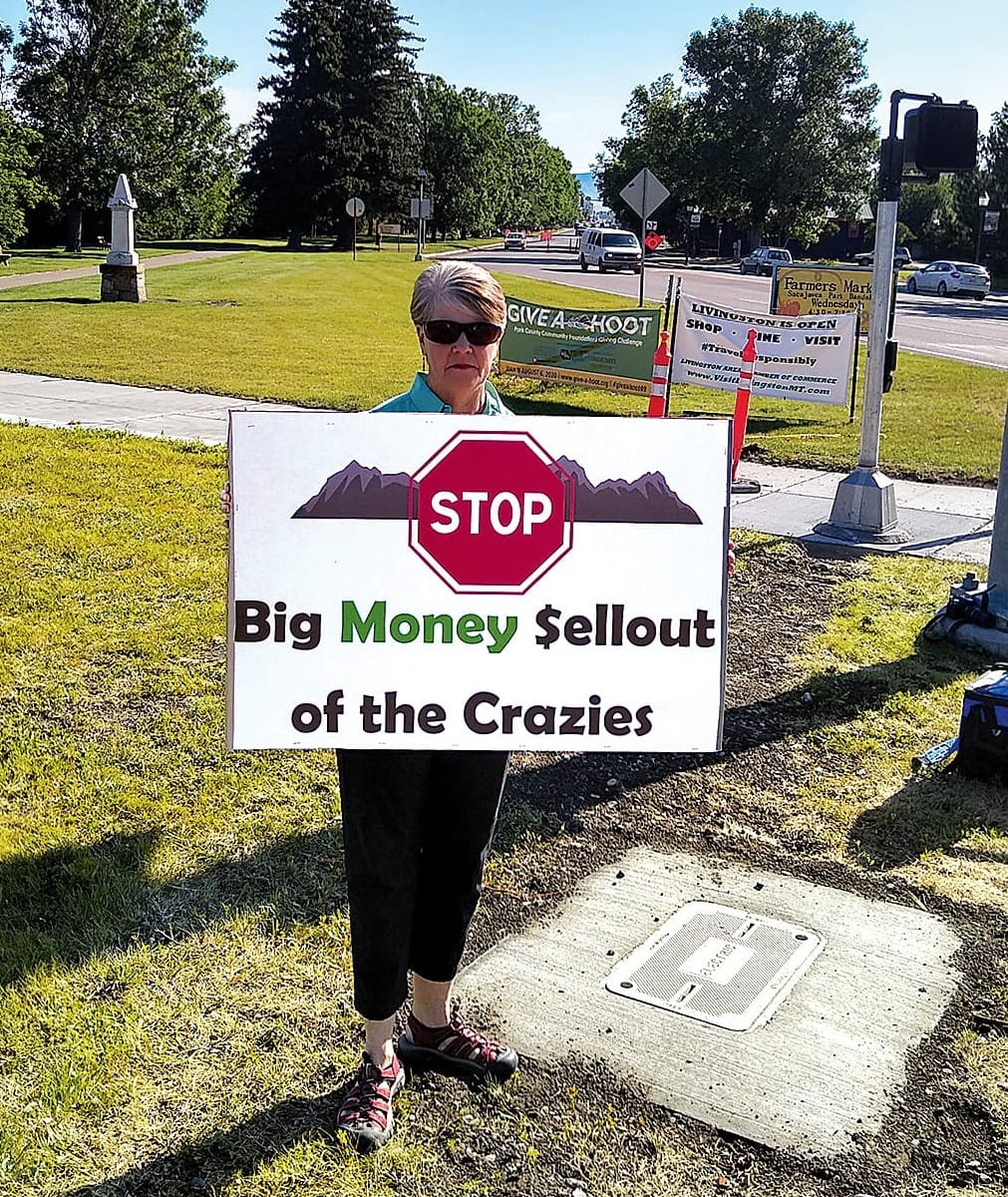
Opinion Editorials state the views solely of the author and do not reflect the views of the Community Journal.
By Sheila Royston, Wilsall Resident
Dear Editor,
It’s encouraging to see local media shedding light on the water rights dispute surrounding Crazy Mountain Ranch (CMR). Investigative efforts by advocate Keegan Nashan have not only advanced public understanding of the issue but also revealed another layer to the saga: the quiet removal of the Crazy Mountain Access Project (CMAP) website.
To fully grasp CMAP’s involvement in this matter, it’s essential to first understand the tight-knit connection between the Yellowstone Club and the Park County Environmental Council (PCEC).
Mike DuCuennois, named as a defendant in the suit, is the listed contact of all CMR water rights and filed the change applications to irrigate CMR’s golf course. In addition, DuCuennois represents the Yellowstone Club on CMAP, a role he has held since 2020. CMAP is facilitated by the Yellowstone Club and operates under the sponsorship of PCEC. Importantly, DuCuennois also serves as Executive Vice President of Development at Lone Mountain Land Company. This overlap raises reasonable questions about whether PCEC was already aware of development plans involving CMR and its affiliated entities.
According to Nashan’s publicly available timeline, she called DuCuennois on October 7, 2024. The following day, she called PCEC’s Erika Lighthiser (sic) “informing of CMR actions.” In the immediate aftermath, the CMAP website went dark. The link now listed on PCEC’s website redirects to an Indonesian site promoting football gambling.
Based on archived records available through the Wayback Machine (www.crazymountainproject.com), this disappearance cannot reasonably be dismissed as the result of a technical error. The timing is too precise. It appears to be a calculated effort to conceal the ties between CMAP, PCEC, the Yellowstone Club, and other affiliated actors. The website previously promoted its support for the East Crazy Inspiration Divide Land Exchange, an active U.S. Forest Service project in which both the Yellowstone Club and Crazy Mountain Ranch are prominently involved through their respective business affiliates. If CMAP and PCEC are truly advocating for public access and environmental stewardship, then why hide their affiliations with developers who stand to benefit from restricted access and luxury expansion? Why try and erase a public record of these connections now? What does this say about the integrity of the process? The removal of the CMAP site is a red flag, and it demands scrutiny.
These connections are not incidental—they are essential to understanding the full scope of this issue. Readers deserve full transparency.
